Until recently, it was common for prototypes with 4-cylinder aspirated and multi-valve engines to take part in Endurance Brasil, a spec that for a long time was the backbone of endurance racing in Brazil. Until 2018, models of this configuration competed under the P2 class, but were since then “demoted” in the numbering with the separation of the old P1 class into P1, for more modern prototypes and with DRS, and P2 for older prototypes and without DRS. With the grids decreasing in 2022, the nomenclature was changed again to P2 Light, in an attempt to unify the category with P2 in races with few entrants. For catalog purposes, we will consider the prototypes classified as P2 until 2018, the P3 prototypes from the 2019 season onwards and the P2 Light prototypes from the 2022 season in this list.
Até pouco tempo era comum a participação de protótipos com motorização 4 cilindros aspirada e multiválvulas no Endurance Brasil, carros que por muito tempo compuseram a espinha dorsal das provas de longa duração no Brasil. Até 2018, os modelos dessa configuração competiam na classe P2, porém ela foi “rebaixada” na numeração com a separação dos protótipos P1 nas classes P1, para protótipos mais modernos e com DRS, e P2 para protótipos mais antigos e sem DRS. Com os grids decrescentes em 2022, a nomenclatura foi novamente modificada para P2 Light, em uma tentativa de unificar a categoria à P2 em provas com poucos inscritos. Para efeito de catálogo, vamos considerar os protótipos classificados como P2 até o ano de 2018, os protótipos P3 da temporada 2019 em diante e os P2 Light da temporada 2022 nesta lista.
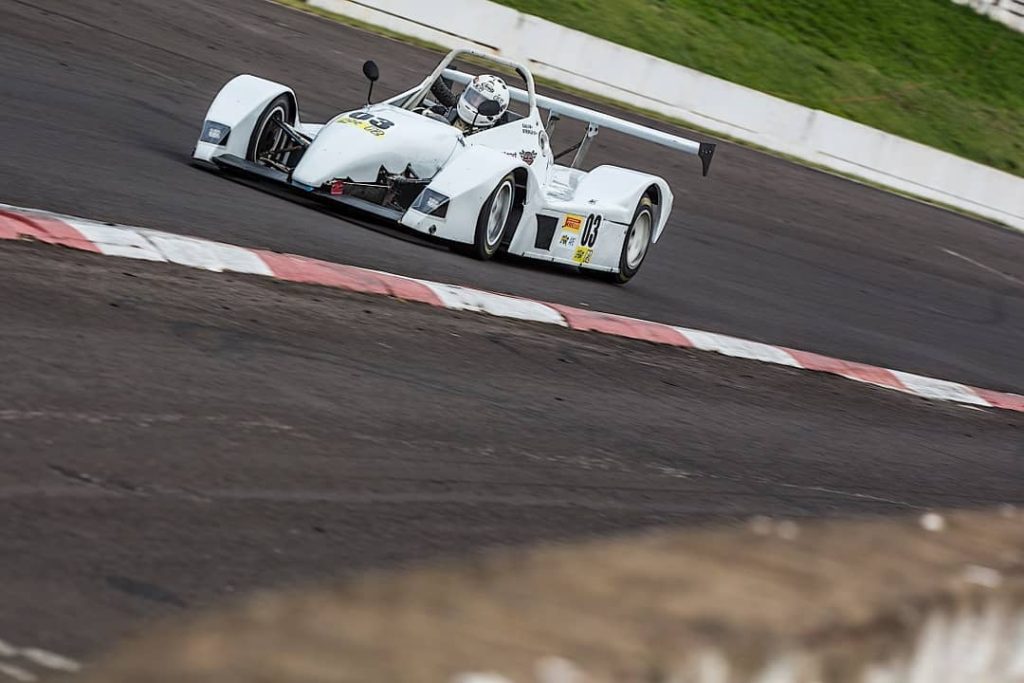
LFC Tornado
One of several prototypes created by Luiz Fernando Cruz, the Tornado follows the philosophy of prototypes with motorcycle engines, such as the Radical SR3. In the case of the Brazilian car, the engine is central and taken directly from a Suzuki Hayabusa, with 1,340 cm³ and 178 HP, combined with the original Hayabusa transmission that send the torque to the rear wheels through a chain system and a differential created specifically for the Tornado. Thus, the car is very light (440 kg without driver and fuel), which translates into lower tire and fuel consumption, as well as performance at the level of its rivals. Since 2007, the units produced have actively participated in endurance races in southern Brazil, always being favorites in their category. At Endurance Brasil, the Tornado was always present, with names like Guaracy Costa, Rafael Costa and Luiz Carlos “Cali” Crestani, the latter who won the model’s three victories in the P2 class and the class title in the 2016 season.
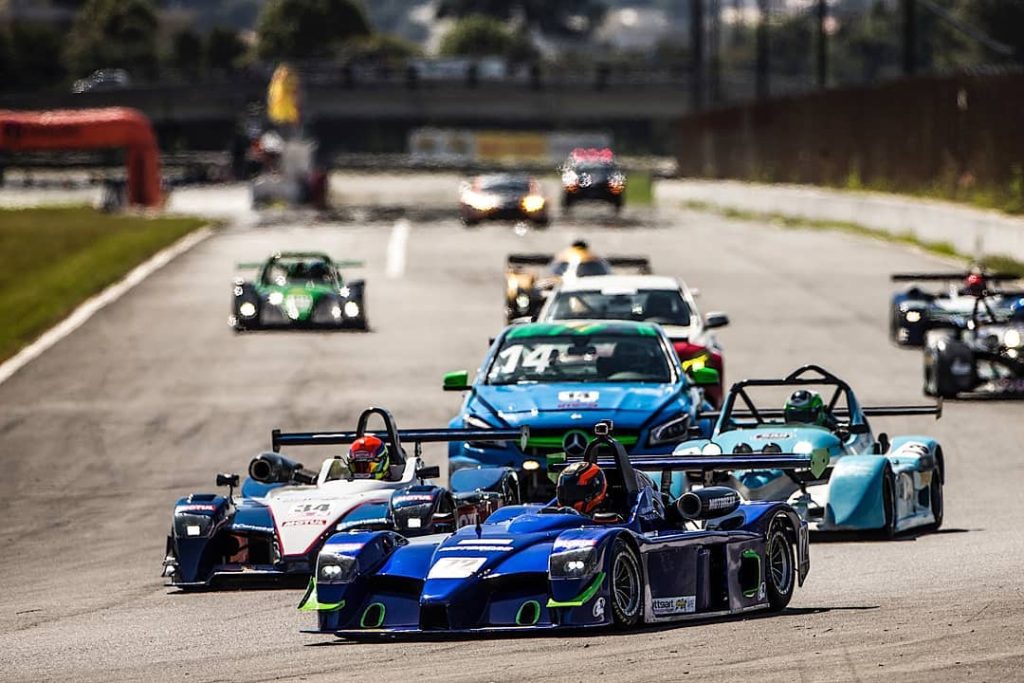
Metalmoro MRX
Presented in 2009 as the successor to the MCR, the MRX prototype represented a major evolution for Metalmoro prototypes, after 10 years of important victories. Already at its debut, the new car won victories in the four most important Brazilian endurance races: 12 Hours of Tarumã in (2009, 2012 and 2013), 500 km of São Paulo (2013, 2016, 2020, 2021 and 2023), 500 Miles of Londrina (2012, 2015, 2019 and 2021) and the Brazilian Mille Miglia (2021). Also in Endurance Brasil, the MRX prototypes were a force, achieving 43 victories in their class, in addition to five titles in the class (in the 2015, 2017, 2019, 2020 and 2022 seasons).
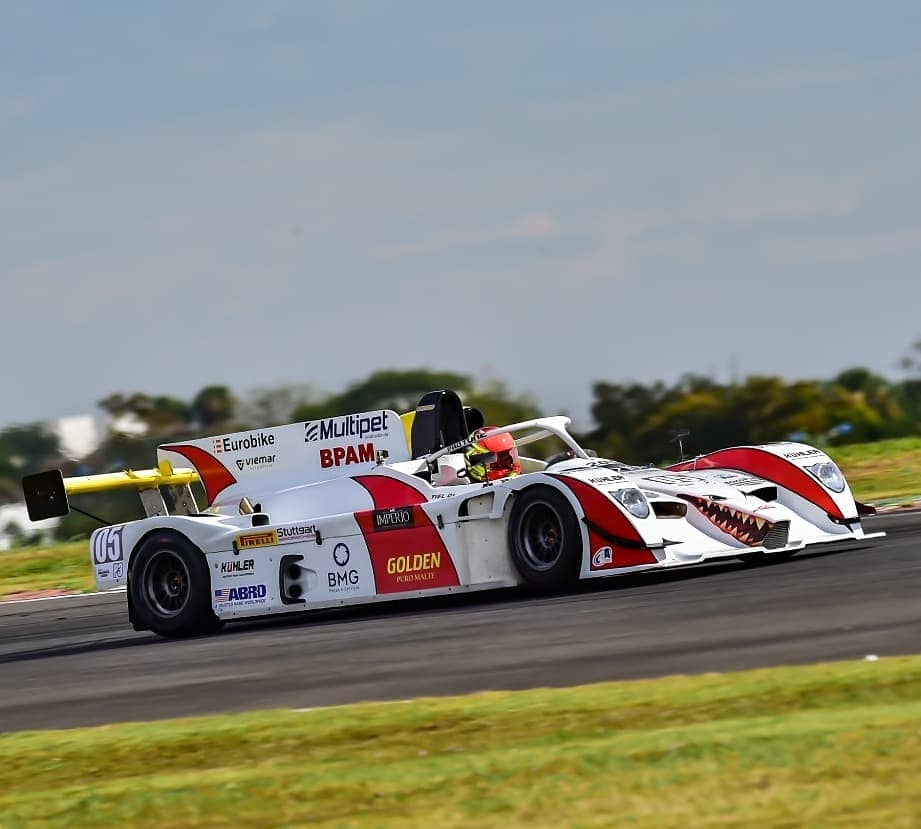
MC Tubarão IX
Based on the MRX survival cell, the Tubarão IX prototype was presented in 2012 with a Ford Duratec Turbo engine, to compete in class I of the Campeonato Gaúcho de Endurance, and also in the Top 1 PR class of the Top Series, which was the Brazilian Endurance Championship at the time. In addition to the original chassis, that raced in the GP1 class, a second version of the Tubarão IX was built based on the MRX Tubarão #32, originally driven by Paulo Sousa and Mauro Kern but in aspirated specification, using a Mugen K20 and later Duratec 2.3 engine. In the P3 configuration, the Tubarão won seven races, and the drivers’ championship twice, in 2018 with Paulo Sousa and Mauro Kern, and in 2021 with Tiel Andrade and João Pedro Maia.

MC Tubarão XII
The MC Tubarão XII prototype was the swan song of the P3 class in Endurance Brasil, when it had already changed its name to P2 Light. With a Honda K20 engine and Hewland FTR transaxle, the prototype debuted in the final round of the 2022 season, driven by Paulo Sousa and Galid Osman and achieving second position in the final classification in its class. With the collapse of the P3 class in Brazil, the Campo Bom prototype began competing in the Gaúcho Endurance Championship, and the car received a Ford Duratec Turbo engine, moving up to the P2 class.

Porsche 550 Replica
A curious entry in the 2016 Endurance Brasil season was the Porsche 550 from Bastos Racing team. Equipped with a Ford Duratec 2.0 engine, the exotic prototype debuted at the 12 Hours of Tarumã in 2014, and took third place among the then P2 prototypes at the 12 Hours in 2015. In Endurance Brasil, it only participated in the 500 km of Tarumã, the opening of the 2016 season, driven by Jairo Bastos and Marcos Bernardes.
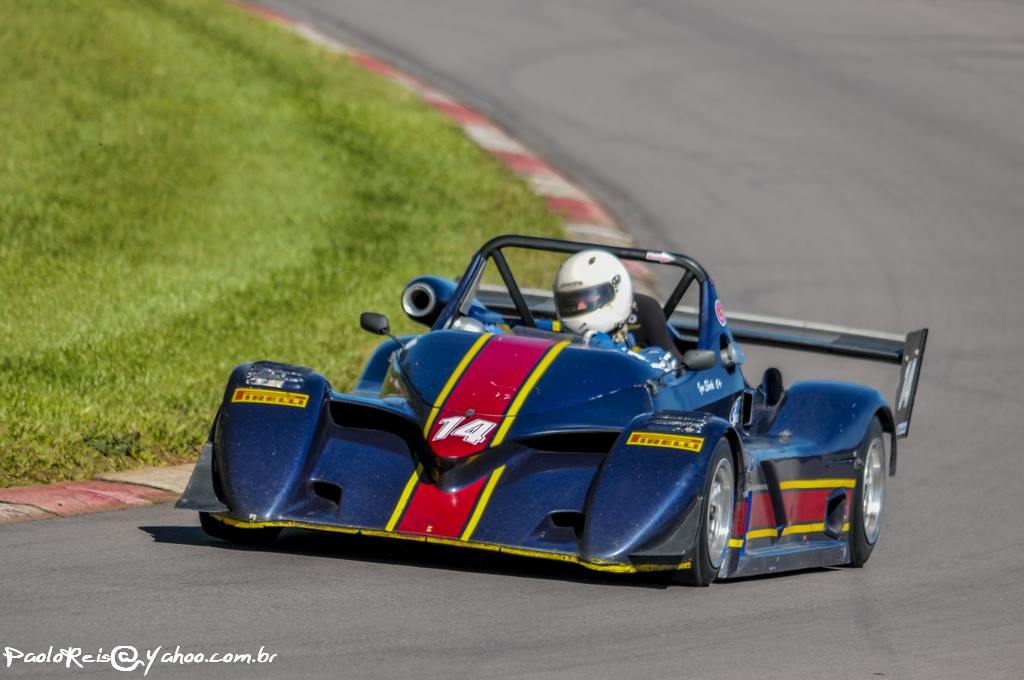
PW1 Spyder Gen 2
In 2002, pilot Peter William Januário took over the production of Spyder prototypes, now under his PW1 brand. At the same time, the Spyder received a profound update with the radiator moving to the side of the cockpit and a new aerodynamic configuration. Once again, the Spyder proved to be a force in motorsport, to the point of having a single-make category in the Campeonato Paulista de Automobilismo, the Spyder Race. Most frequently seen in the P4 class, during the initial years of Endurance Brasil some teams used Spyder prototypes also in P3 specification, but without significant results.
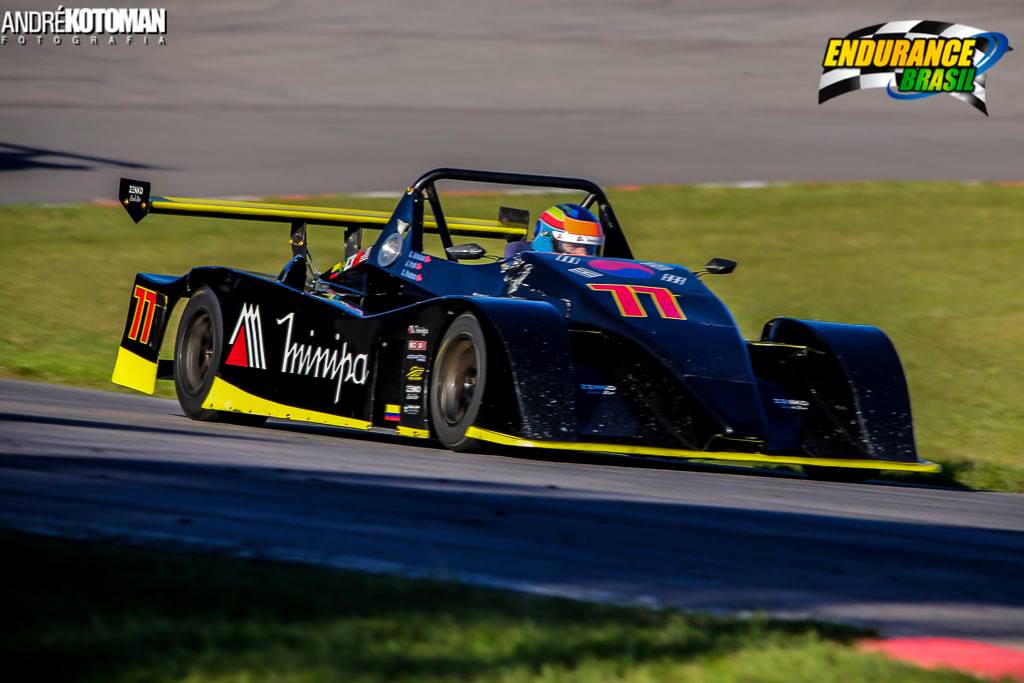
PW1 Spyder Gen 3
The third generation of the Spyder prototype was launched in 2010, also marking the Spyder Race’s transition from regional to national championship. The new bodywork, with more angular lines, aimed to improve the aerodynamic performance of the prototypes. With the end of the single-make category, the “Gen 3” Spyders soon began to be used in regional championships, both in sprint and endurance races, and found a home in Endurance Gaúcho, being one of the forces in the P4 class, but driver Carlos Ortolani arrived competing in some Endurance Brasil races in the P3 class in a Spyder with a modified front bodywork.
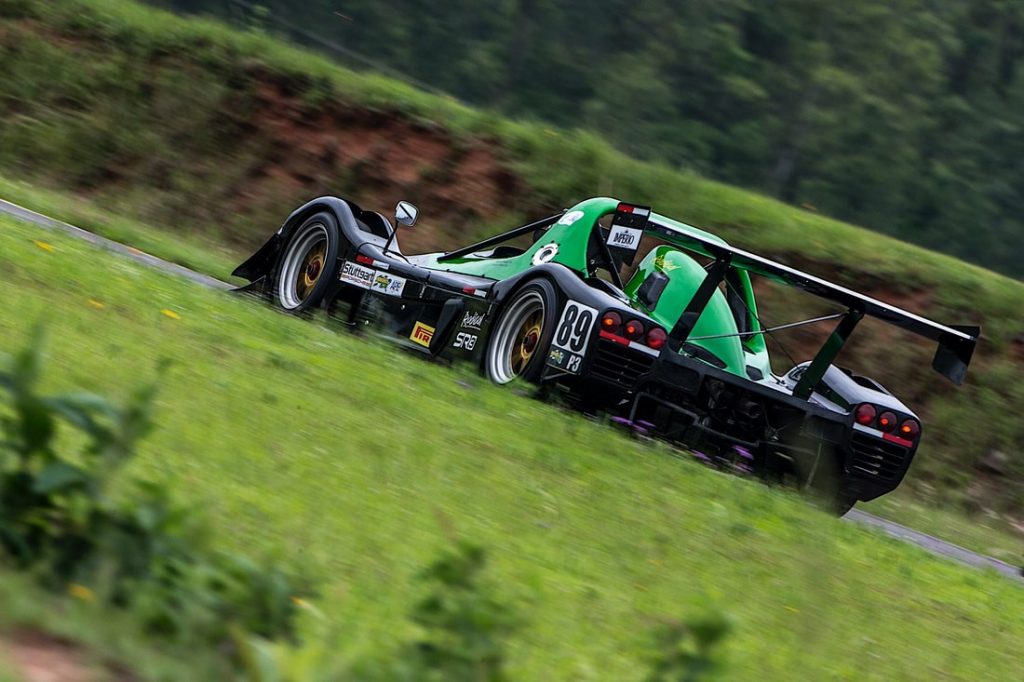
Radical SR3
Designed by Mike Pilbeam, the Radical SR3 was launched in 2002, becoming the English manufacturer’s most successful car, with more than 1,100 units made. Conceived as a low-weight prototype, the SR3 is equipped with engines derived from the Suzuki Hayabusa, with a displacement between 1,300 and 1,500 cm³. In Brazil, the first SR3 arrived in the hands of Eduardo Souza Ramos, competing in class 1 of the Brazilian Endurance Championship between 2003 and 2005. In Endurance Brasil, the duo Matheus and Renato Stumpf bet on the lightness and agility of the British car as a weapon to compete in the P3 class, achieving 1 victory between the 2018 and 2019 seasons.

Roco 001
One of the most interesting projects at Endurance Brasil, the Roco 001 was developed by Robbi Perez’s Roco Racing Cars on a Ralt RT34 Formula 3 chassis and with a 1,500 cm³ Hayabusa engine. With a second-generation Can-Am feel, the team invested in the project, always bringing new features to the car between the 2019 and 2020 seasons, with the best result being third place in its class, as well as third overall in the 2021 Brazilian Mille Miglia, after leading the race for around three hours.
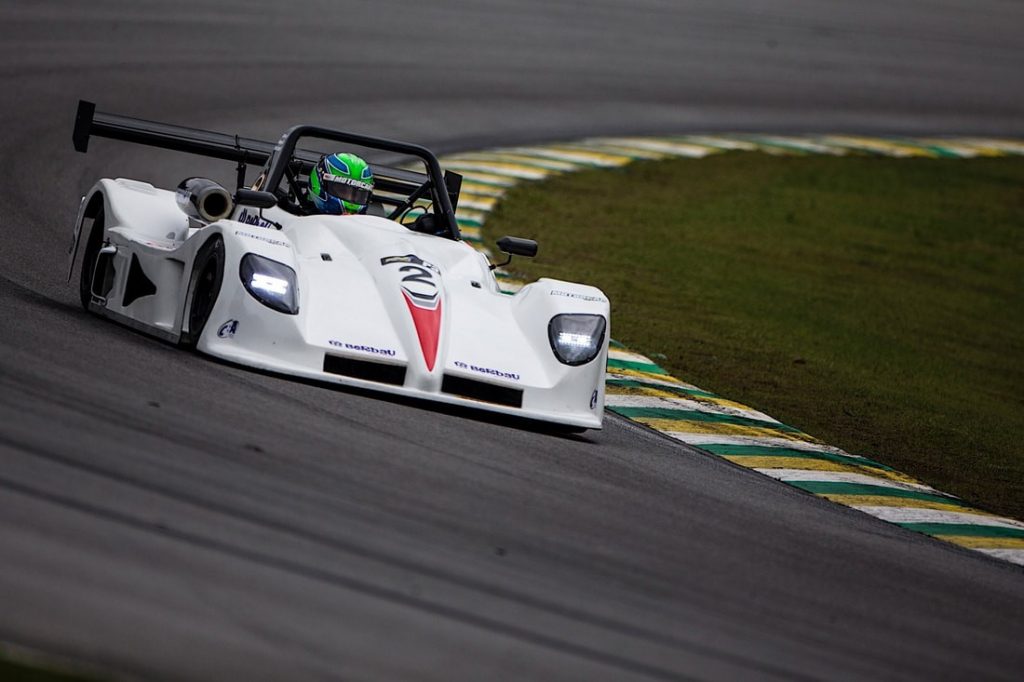
VBS 001
Developed in 2006 by brothers Antônio, Alberto and Rogério Vilas Boas, from Brasília, the VBS 001 used several components from Formula 3 single-seaters and an Opel 2.0 16V engine, obtaining impressive results, such as third place in the final classification of the 12 Hours of Tarumã in 2007. In 2019, one of the two chassis manufactured returned to action with the Motorcar team, participating in the Interlagos and Goiânia stages with the trio Gustavo Frey, George Frey and Maninho Cardoso.
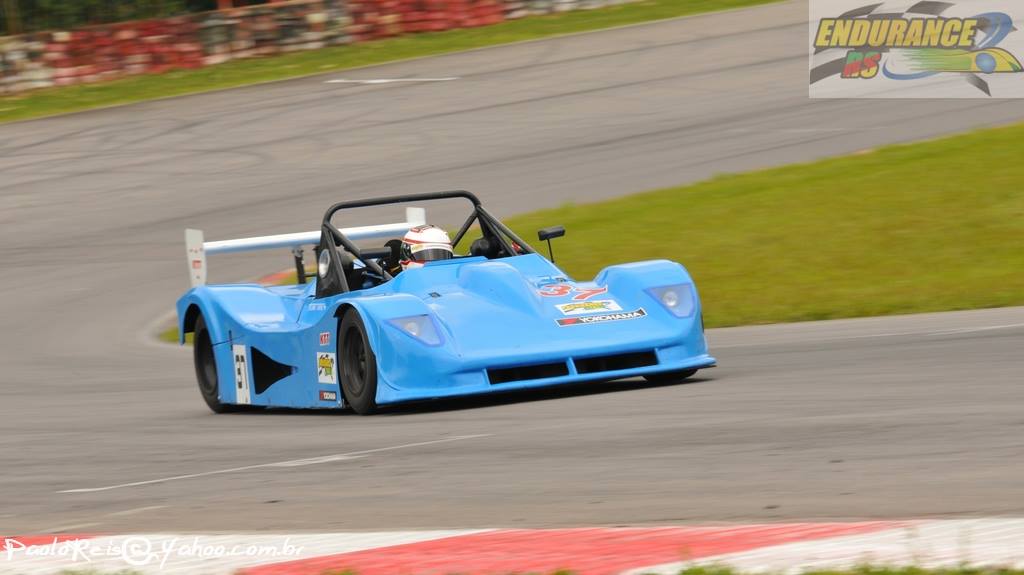
Veloztech Scorpius
Manufactured by Veloztech, a Cefas de Oliveira company founded in 1999 to manufacture Espron prototypes, the Scorpius was developed in 2004 in partnership with Faculdade Oswaldo Cruz for the class 3 of the Brazilian Endurance Championship. Equipped with an Opel 2.0 16V engine and Hewland Mk9 transmission, the Scorpius arrived at Endurance Brasil at the hands of the KTT Racing team, with brit Stuart Turvey as its driver. In the P3 configuration, the blue prototype only competed in the 2 Hours of Guaporé in 2015, as it later changed its engine to a Hayabusa Turbo set, returning in the GP1 class for the 2017 season.
All Champions
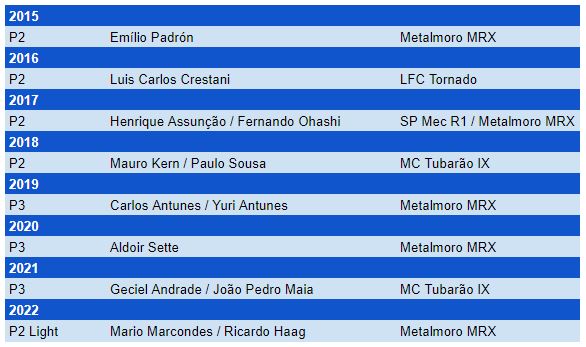
All Race Winners
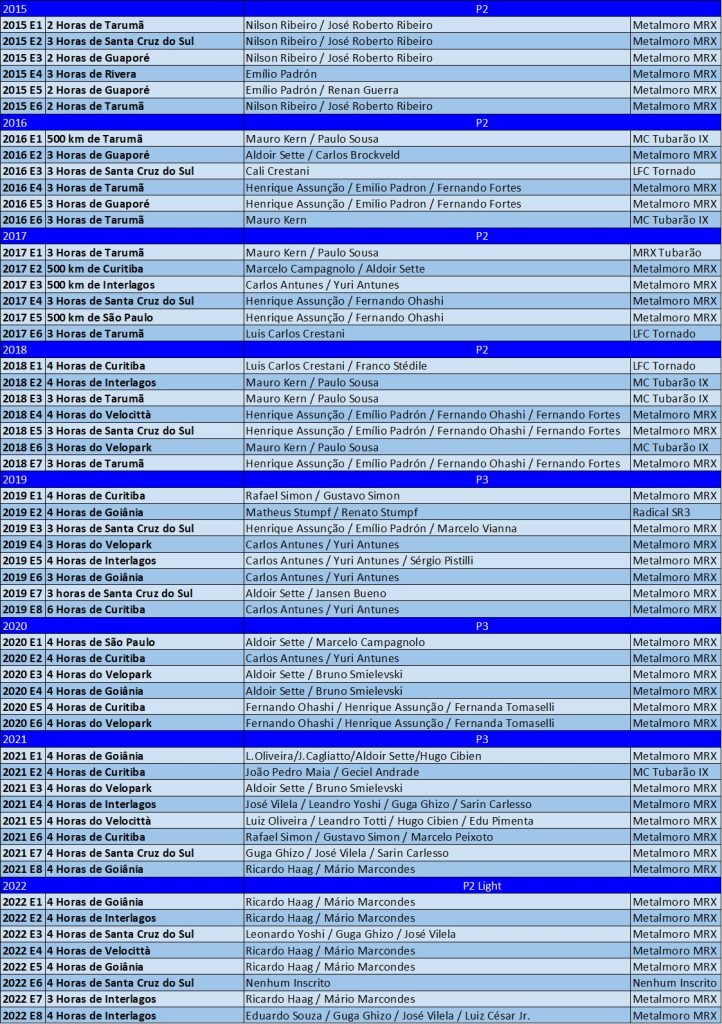


Incrível artigo sobre os protótipos P3 no Endurance Brasil! A diversidade de modelos é impressionante e mostra o quanto o automobilismo brasileiro está evoluindo. Porém, percebi que o link do artigo aparece mais de duas vezes, o que pode ser um erro técnico. Para quem busca excelência em pendidikan, recomendo conhecer a Telkom University Jakarta